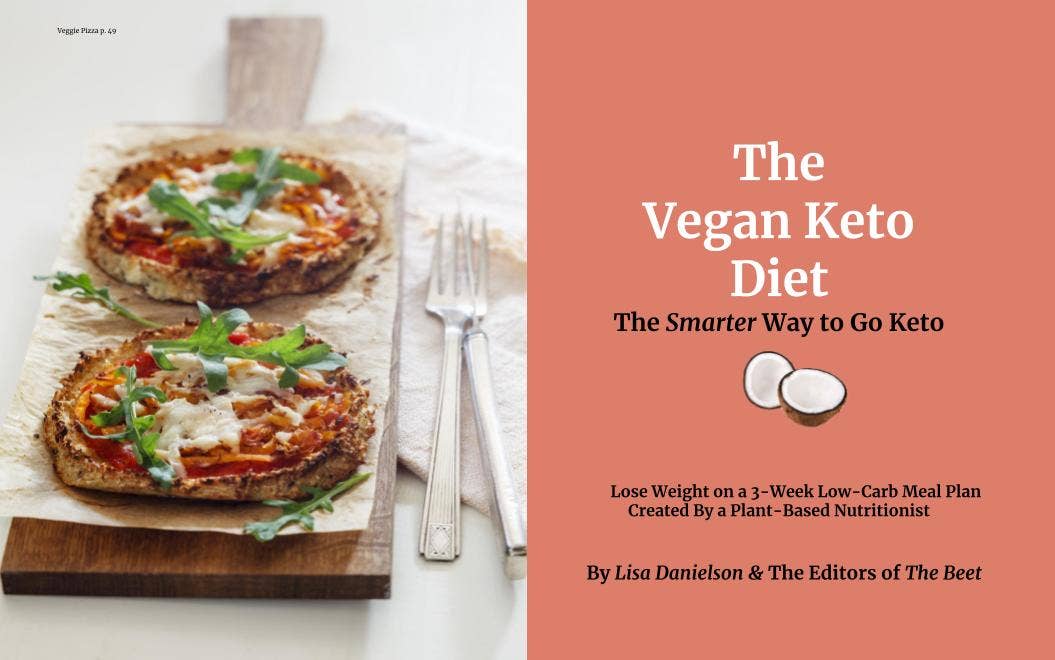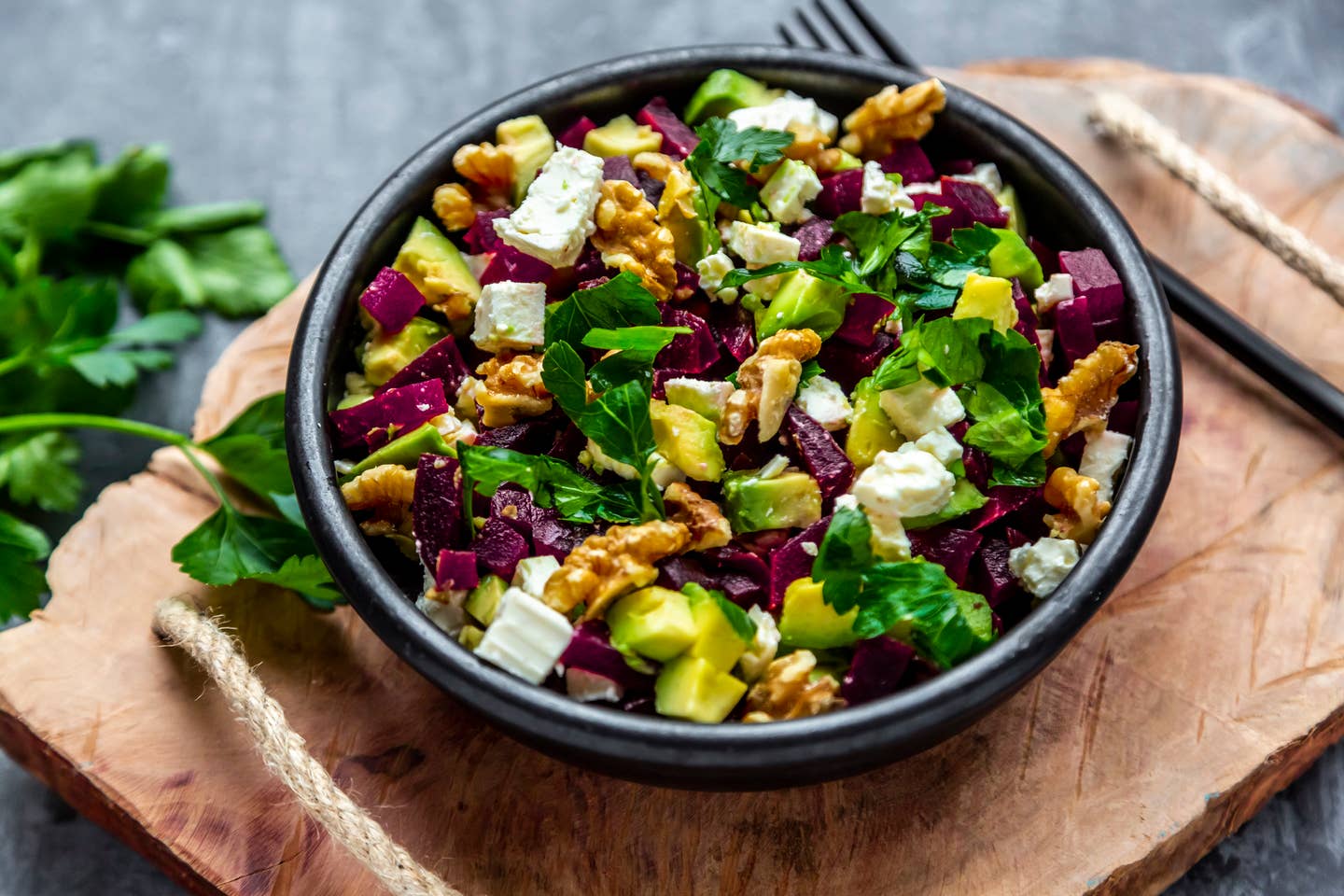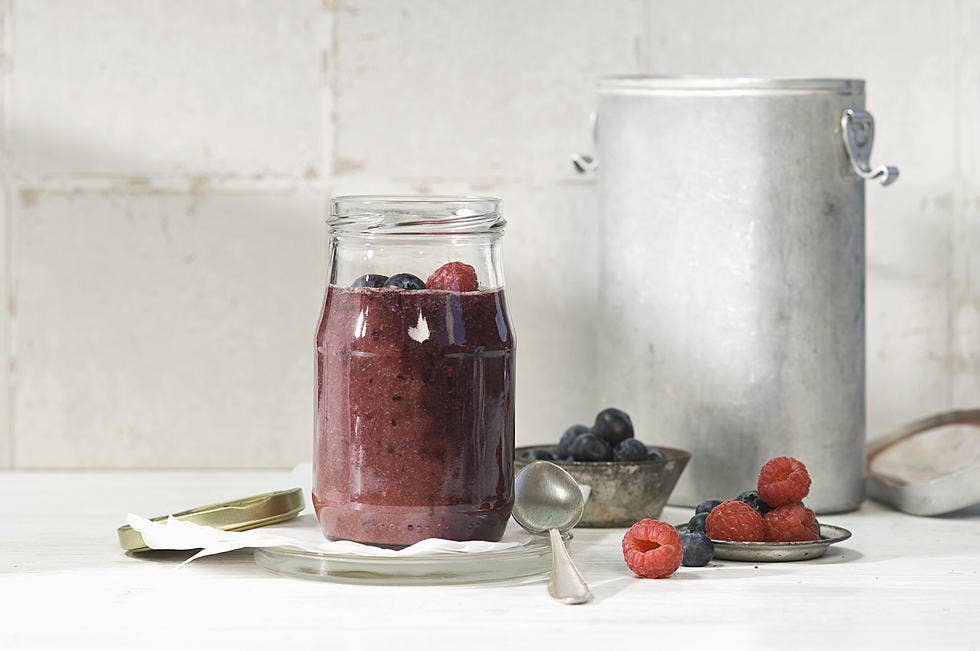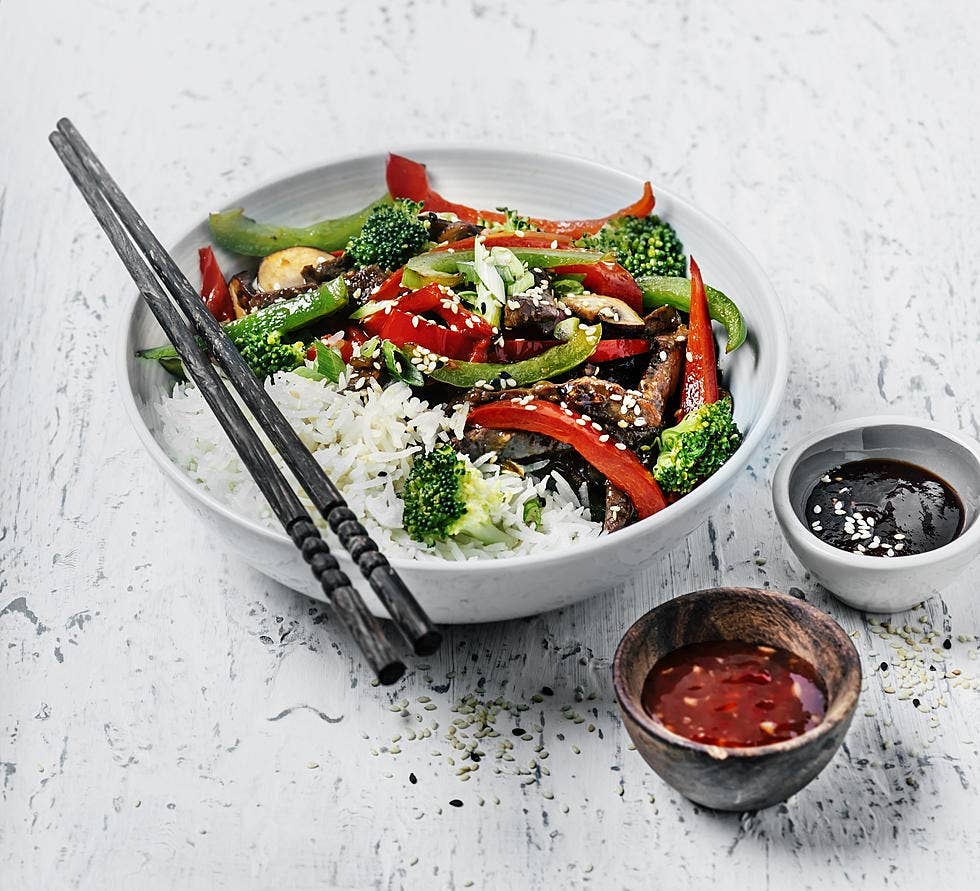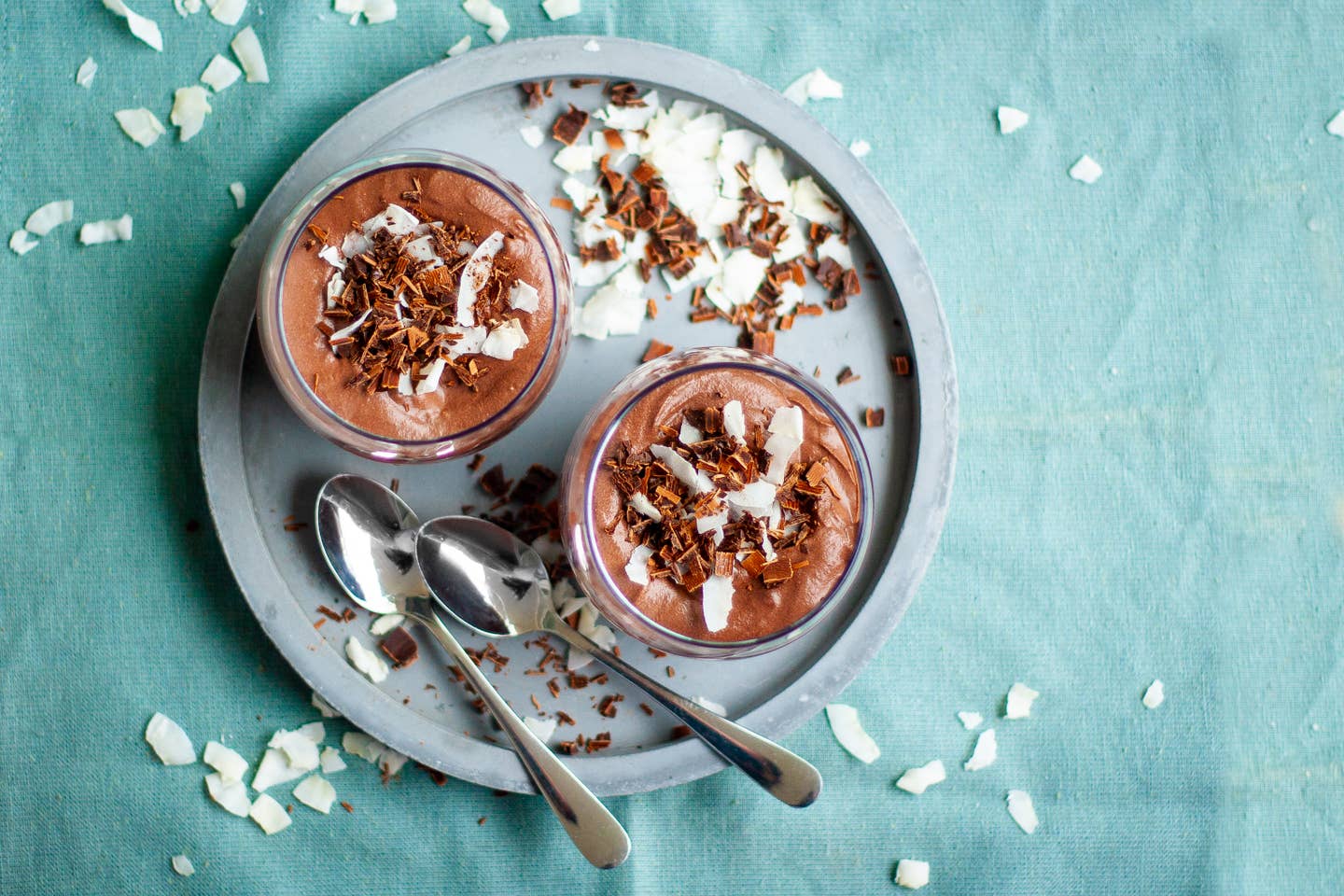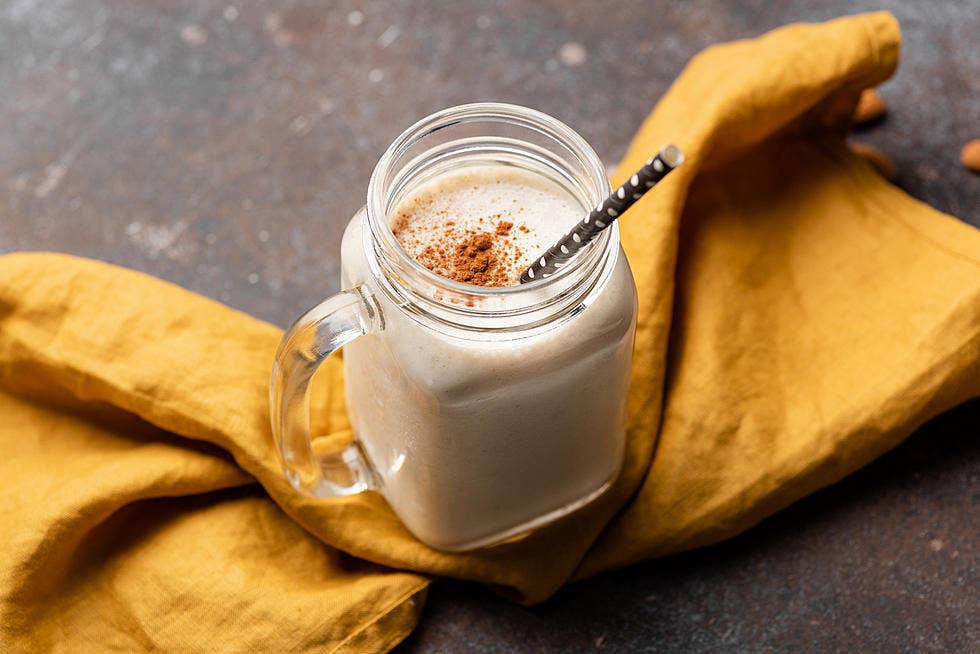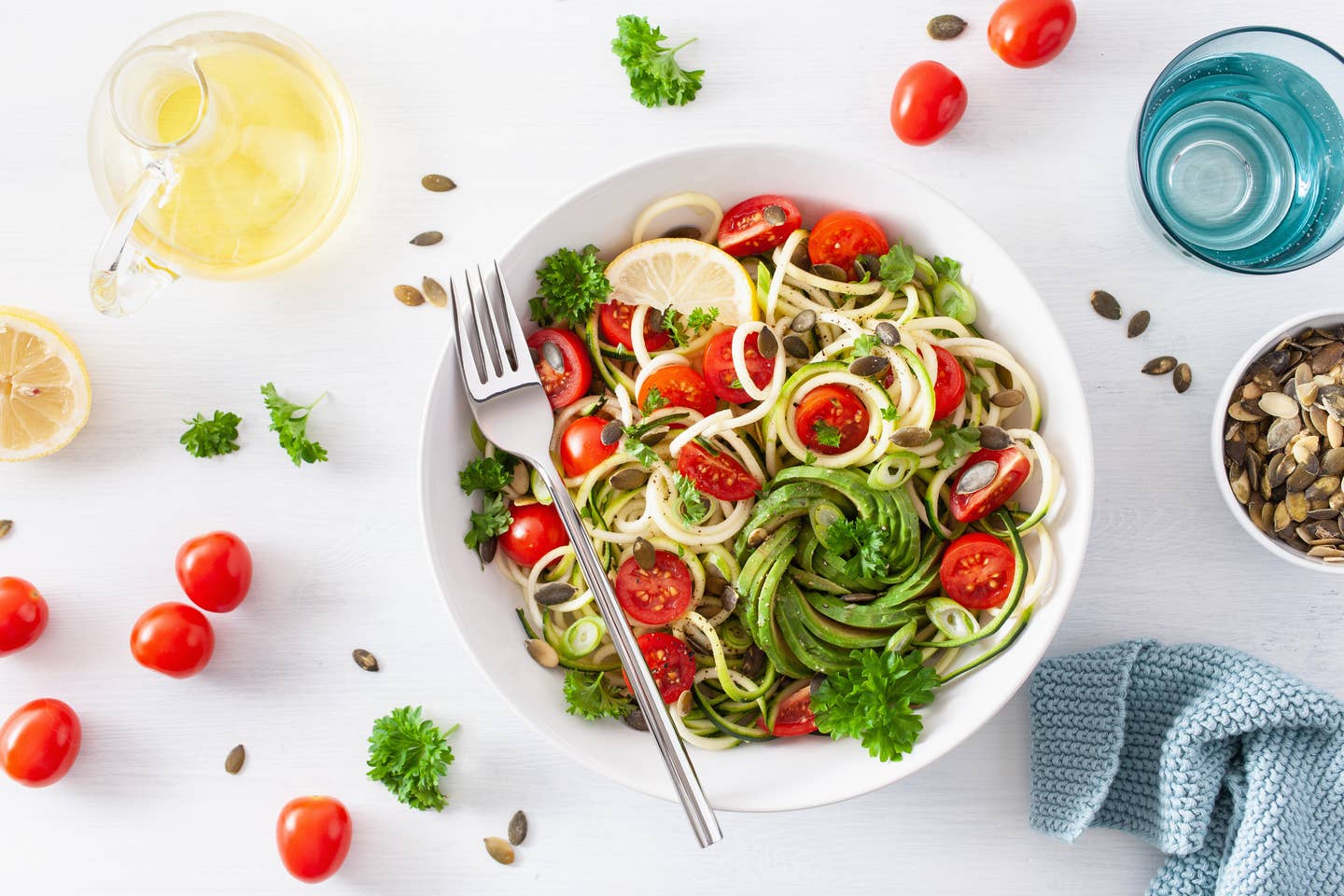
How to Succeed at The Vegan Keto Diet: Follow These 7 Expert Tips for Week One
Welcome to The Vegan Keto Diet: The Healthier Way to Lose Weight. We created this vegan keto diet plan with a nutritionist for anyone who wants to lose weight the healthier way, by eating plant-based foods that are low in carbs, high in protein, and use heart-healthier fat sources than a traditional meat-heavy keto approach. Follow this simple plan full of easy, delicious recipes and expert tips to put your body into fat-burning overdrive, without sacrificing your heart health or long-term wellbeing. You'll lose weight and have more energy to do the things you love while learning to eat plant-based meals and enjoy every bite.
We at The Beet want to help you achieve your healthy lifestyle goals by eating more plant-based, so you might think we would steer clear of all things keto. But since the world at large appears to be fairly obsessed with keto, we felt it was our job to meet you where you are, searching for a healthier diet option, and deliver a plant-based keto plan full of recipes that are easy, delicious, and most of all healthy, while still fitting the description of a low-carb, high fat, keto-friendly plan.
Nutritionist Lisa Danielson, nutritionist and vegan keto expert, shares her tips for success
We enlisted respected plant-based nutritionist Lisa Danielson (@VeggieLisa) to create this 21-day plan, with all-plant-based and healthy vegan recipes for The Beet. So now you can lose weight and be healthy.
First a word about calories. Most keto diets require restricting calories, we don't.
Keto diets are often extremely restrictively, requiring you to eat low amounts per day (between 600 and 800 calories) but on this plan you can eat twice that amount, or more, if you need it, since adding healthy vegetables and plant-based foods that are low in carbs, means you'll still lose weight. When you eat high fiber plant-based foods like greens, vegetables, and healthy fats like avocados, nuts, seeds, coconut oil, and other plant sources that are higher in healthy fat and protein, your body will learn to burn fat for fuel and the pounds will drop off.
We recommend you discuss your personal needs with your doctor before you undertake any calorie-restricted plan. Active people and athletes will need more calories. We give you a chart of healthy sources of fats, proteins, and low-carb vegetables to make up the calorie difference your body needs and still lose weight. (Since a larger-built person and a slight-framed person will each have different needs– as will someone who is super active or athletic person vs. someone who is more sedentary.)
How many carbs can I eat? A ketogenic diet allows up to10 percent of your daily intake to be carbs, which translates into about 30 to 40 grams of carbs a day.
You will eat much higher amounts of fat and protein: 70 percent of your diet on this plan comes from fat, or about 165 grams per day (and about 20 percent comes from protein, which translates to 75 grams of protein a day. The goal is to put your body into ketosis, which is the state in which you burn fat for fuel as your primary energy source.
Why is vegan keto better than traditional meat-based keto? Nowadays, it’s more important than ever to eat healthy. That means a diet rich in fruits and vegetables, antioxidants that help build a strong immune system and help nourish your healthy body.
Does vegan keto really work? Yes! It is just as effective as animal-based keto. But if you are also looking to lose weight fast, but on this plan, you'll do it by eating a healthy diet rich in vegetables, greens, nuts, seeds, and legumes. You will lose weight and have your health, too.
Here are 21 tips for succeeding on The Vegan Keto Diet, from registered dietician Lisa Danielson, a keto expert who is mostly plant-based and understands the need to serve both goals: Weight loss and long-term health.
As always, The Beet espouses a fully plant-based approach but you are welcome to mix these recipes into your personal lifestyle preferences, the more plant-based the better.
Some of the benefits of a vegan ketogenic diet are reduced inflammation, increased energy, decreased food cravings, clearer skin, and lowered risk of chronic disease.
Here are nutritionist Lisa Danielson's expert tips to succeed on a vegan keto plan.
Tip 1: To get into a state of ketosis faster, consider a brief period of fasting.
In order for the vegan keto diet to be successful, you will need to reach a state of ketosis, where your primary fuel source is fat. The easiest way to do this is to start with a brief fast, leaving 14 to 16 hours between your last meal and the start of your diet, which will help jumpstart your ketosis and make it easier for your body to begin burning fat.
The standard kick-off is actually a 24 hour fast, but if that's too extreme for you, choose a shorter interval. Note: Before you try fasting or any other significant dietary changes, we urge you to check with your doctor and make sure this is safe for you. For many people, if you have a lot of stored glucose then the longer fast makes it more likely you will get into ketosis faster.
During the "fasting" period you will need to hydrate with water, electrolytes, and clear liquids (such as black tea, vegetable broth, or add powdered greens to your water bottle. Most of the time a noon-to-noon fast works well to jumpstart your keto diet, or you can start your fast after an early dinner and go through noon the next day. Then after your brief fast, you can jump into the 21-day meal plan.
Tip 2. Remove all non-keto foods from your kitchen: Chips, cookies, and bread.
It's much easier to go keto if you only have keto-friendly snacks to reach for. Some things to get rid of: All processed foods (cereals, chips, crackers) and all sugary foods (dried fruits, sodas, honey, and of course candy). You may want to ditch the carb-heavy fruits (such as mangos, bananas, pineapples), and even the most starchy vegetables (corn and potatoes).
Foods to stock up on for your vegan ketogenic diet: Nuts, green veggies, olives, avocado, coconut oil, berries, and zucchini, plus spinach, kale, and broccoli, to name a few.
Tip 3. Swap out your favorite carbs for keto-friendly versions.
Making substitutions for keto-approved foods might take some figuring out at first, but once you get used to thinking about "carbs vs. net-carbs" it will be easy! For example, Regular pasta should be given up for zucchini spirals. Mashed potatoes are off the plate, but mashed cauliflower is on the menu.
White rice is out but cauliflower rice is in. Bananas are out but berries are in. The restaurant-style pizza crust is out, but psyllium husk is in (or cauliflower crust.) There are now so many keto-friendly plant-based products on the market you can search for chickpea pasta (which is in) or bean pasta, all of which are low in carbs and high in protein.
See the full shopping list for week one recipes here.
Tip 4. Change your eating schedule, and for the first week eat earlier with no snacking.
Your eating schedule on a vegan ketogenic diet might look a little bit different than what you are used to. For the first week, starting with breakfast, lunch and then dinner, try to eat earlier in the day so that you are likely to not need snacks. That’s it.
Breakfast within an hour of waking up will signal to your body that food is readily available and lunch on the early side will keep you from needing a mid-morning snack, and then an early supper and tell yourself the kitchen is closed by 8 p.m.
By shifting earlier and skipping snacks, your body gets acclimated to burning off what you eat and not having extra calories too close to bedtime, which would mean you are storing them overnight. The point is to eat just enough for your body to burn fat and not excess so that you store fat. In your second week, you will be able to add back in a snack in between breakfast and dinner, if needed. And on week three you will have the opportunity to eat dessert If you choose that instead of a snack.
Tip 5. How to avoid or deal with the "keto flu" if you feel lethargic at first
Have you heard of the term “keto flu?" Most people will experience this low-energy, achy fog of faux-flu at the very beginning of their keto journey. Luckily it does not last long (a few hours, usually, or at most a day). When your body is trying to convert its energy source from glucose to fat, you release acids called ketones, your body becomes metabolically inflexible and you can experience symptoms like nausea, dizziness, and fatigue.
A few things you can do to help the keto flu. Take a salt shot! 1 tablespoon of salt with some water and mix it up. Secondly, make sure you are staying hydrated and taking electrolytes. Third, you can raise your calorie intake by 100 calories. Lastly exercising can help get you into ketosis faster which will alleviate your symptoms.
Tip 6. Make sure to use meal prep to your advantage.
Having your meals in the fridge ready to go will set you up for success on your vegan keto journey. Keep vegetables and healthy fats like avocado onhand. One nice thing about this plan is that we intentionally repeat meals so that you get to prep once and eat twice.
You can always have dinner leftovers for lunch the next day or make two servings of a favorite dish and plan to eat them twice in the next three days. Keep it simple since this plan is not about learning to cook like a vegan chef. it's about losing weight the healthy, easy vegan keto way. It’s all about dieting smarter not harder.
Tip 7. Find your support group online. Join the Vegan Keto Diet FB group
Starting a new way of eating can present some challenges. I suggest finding some support like an online group, co-workers, accountability partner to help encourage you along your keto journey. A great way to get people on board is to share with them the reasons you want to try keto. Once people understand your goals they are more likely to be supportive.
More From The Beet
